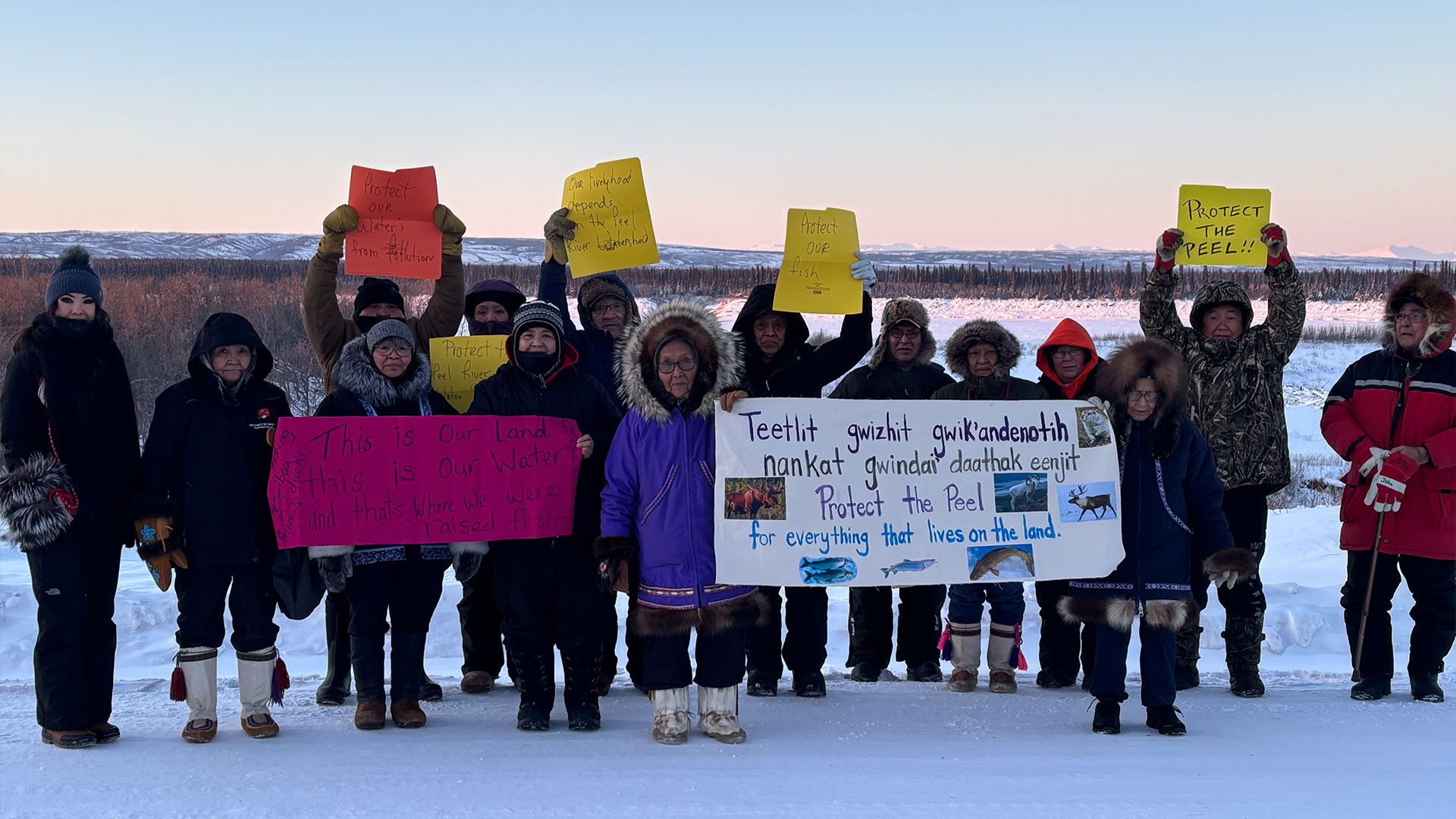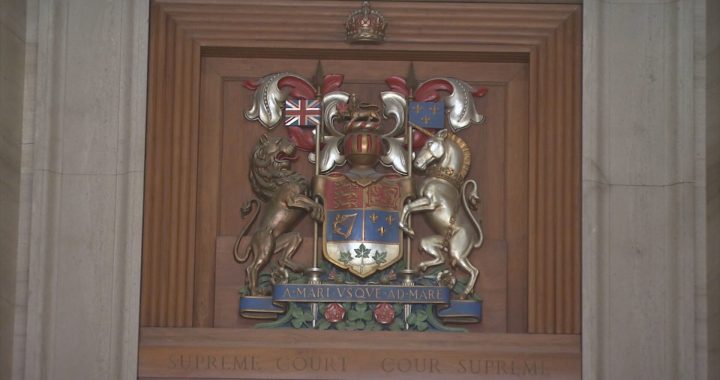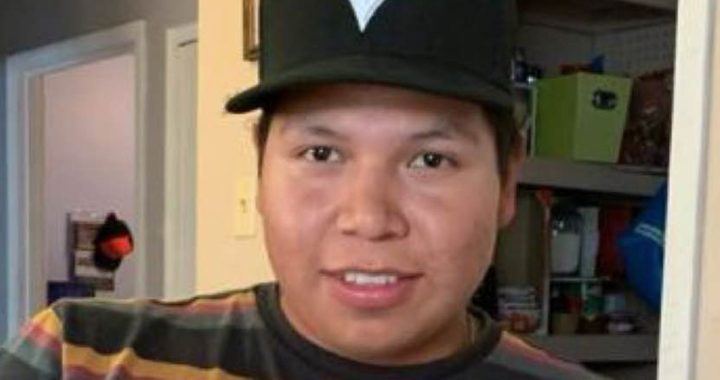Dozens of people gathered in communities across Yukon and the Northwest Territories on Wednesday in protest of a court case centred on the Peel watershed.
Last year, the territorial government launched a legal petition to overturn a decision by the Yukon Environmental and Socio-Economic Assessment Board (YESAB) after it recommended that a proposed mineral exploration project in an the Peel Watershed shouldn’t go ahead.
“Time and time again, the government has disappointed First Nations people, falling back on broken promises,” said protestor Florissa Bain at a rally outside the Whitehorse courthouse where the case is being heard.
Bain said she has ancestral ties to the watershed.
“There is not going to be a future if we don’t stand up as First Nations people and the owners of the land and all the people who are allies,” she said.
Joti Overduin, outreach manager for Canadian Parks and Wilderness Society’s Yukon chapter, said the lawsuit sends a “strong message” the watershed’s land use plan isn’t being respected.
“I’m just so disappointed that this is the route that’s being taken,” she said. “This really doesn’t bode well for the future of that land plan and for how development or projects are going to be put through.”
Other protests took place in communities across Yukon and the N.W.T.
The 68,000-square-kilometre Peel watershed planning region is located in northern Yukon on the traditional territories of the Na-Cho Nyäk Dun, Tr’ondëk Hwëch’in and Vuntut Gwitchin First Nations in Yukon and the and the Tetlit Gwich’in in the N.W.T.
The area is highly valued by First Nations people for its clean water, untouched lands and cultural significance.
After a 14-year-long court battle to protect the Peel, the three First Nations in Yukon and the Gwich’in Tribal Council signed the Peel Watershed Regional Land Use Plan in 2019.
The plan ensures 83 per cent of the watershed is protected from development.
The project is the first to go through YESAB since the land use plan was signed.

In 2021, Silver47, a Vancouver-based mineral exploration company, sought approval to do exploration work in the watershed’s Michelle Creek area, approximately 120 km northeast of Dawson City and 20 km from Tombstone Territorial Park.
The project is located on Tr’ondëk Hwëch’in and Na-Cho Nyak Dun’s traditional territories, straddling landscape management units that are designated for both conservation and development.
In late 2022, an evaluation report by YESAB recommended the project not proceed, citing significant effects the project would have on wildlife and the wellbeing of First Nations people under the plan which could not be mitigated, among other things.
It also found the company didn’t supply adequate baseline data as stipulated in the land use plan.
Under the Yukon Environmental and Socio-economic Assessment Act (YESAA), the Yukon government decides whether to accept, reject or vary the evaluation report recommendations for a proposed project.
The government claims it has no opinion on the project, but because YESAB failed to properly assess the project it’s unable to make an informed decision on next steps.
The lawsuit asserts current legislation doesn’t allow for the government to refer the evaluation report back to the YESAB for reconsideration. It argues the only way to have the evaluation report reconsidered is through a judicial review.
The government’s petition aims to quash YESAB’s recommendation. It also asks for the project to be put back in front of YESAB for a new recommendation.
But Tr’ondëk Hwëch’in and Na-Cho Nyak Dun claim the government failed to consult with them before taking the matter to court.
“Yukon’s lawsuit makes a mockery of the Peel plan,” said Na-Cho Nyak Dun Chief Dawna Hope in a statement.
“The First Nation of Na-Cho Nyäk Dun had to defend the Peel Plan before the Supreme Court of Canada in 2017 and we won. We will defend the Peel Plan as many times as we need to, until Yukon Government upholds the Plan and our treaty right to land use planning.”
Hope’s words were echoed by Hähkè Darren Taylor of the Tr’ondëk Hwëch’in who said his people were “deeply disturbed” by the lawsuit.
“When we signed the plan in 2019, we assumed we had finally come to an understanding with Yukon Government, not only that the Peel Watershed is worth protecting, but that First Nations have the inherent right to protect it… We are confident that the Courts will yet again uphold our treaty rights, and the land-use provisions described in the Plan,” he said.
Government, mining company dispute board’s recommendation
During opening arguments Wednesday, government lawyer I.H. Fraser said YESAB was “dead wrong” in its decision to recommend against the project.
He argued YESAB strayed out of its own lane by recommending the project not proceed – something it doesn’t have the legal authority to do.
Fraser also said YESAB erred by not considering alternatives that would help avoid or minimize significant adverse environmental socio-economic effects. Fraser asserted YESAB has legislative “tools” to help address issues when there’s a lack of information – something it didn’t utilize when issuing its recommendation.
Fraser said the government wants YESAB to adhere to proper guidelines so it can issue a decision and decide next steps.
Josh Jantzi, lawyer for Silver47, said YESAB failed to inform the company that if it did not provide baseline data during the early stages of the project it would be duty-bound to recommend against it.
Jantzi said YESAB’s conduct raises questions about procedural fairness.
The three-day court hearing wraps up Friday.









